💊 HIGH-YIELD PHARM REVIEW: LEVOTHYROXINE (Synthroid, Levoxyl, Euthyrox)
Levothyroxine sodium is a synthetic T4 thyroid hormone—the body’s inactive form that converts to T3, the active hormone responsible for regulating metabolism, energy use, cardiac output, and CNS development. 🧠❤️
🔹 Mechanism of Action (MoA): Mimics natural thyroxine (T4) → converted to triiodothyronine (T3) in tissues → restores normal metabolism and energy balance.
🔹 Primary Uses: • Hypothyroidism (all causes) • Myxedema coma (IV form – emergency use)
🔹 Therapeutic Goal: Normalize TSH and T4 → relieve fatigue, weight gain, bradycardia, cold intolerance, and cognitive slowing.
⚠️ Toxicity / Overdose = Hyperthyroidism Symptoms: • Cardiac: Tachycardia, palpitations, arrhythmias, angina, HF, cardiac arrest 🚨 • Neuro: Tremor, insomnia, seizures, anxiety, pseudotumor cerebri • Metabolic: Heat intolerance, weight loss, hyperthermia • Other: Emotional lability, diaphoresis, weakness
👩⚕️ Nursing Management & Dosing Pearls • Start low, go slow—especially in older adults or cardiac pts (12.5–25 mcg/day) 💗 • Myxedema coma: IV 200–400 mcg bolus + glucocorticoids to prevent adrenal crisis • Pediatrics: Start with 25% of full dose and titrate weekly to avoid hyperactivity • Never use for weight loss in euthyroid pts ❌
🍽️ Administration Tips (Oral): • Take on an empty stomach, 30–60 min before breakfast ☀️ • Avoid taking with coffee, fiber, soy, calcium, iron, or antacids—space 4 hours apart • Swallow capsules whole; crush tablets only if allowed and give immediately • Give separately from enteral feedings
💉 IV Administration: • Preferred over IM; reconstitute only with 0.9% NaCl • Stable 4 hours—discard remainder • Push slowly (≤100 mcg/min) via Y-site • IV → PO conversion: increase PO dose by 20–25%
⚠️ Major Drug Interactions (Must-Know!) • Warfarin: ↑ anticoagulant effect → monitor INR closely 🩸 • PPIs, Antacids, Calcium, Iron: ↓ absorption → separate by 4 hrs • Antidiabetics: ↓ glucose control → monitor blood sugars • Amiodarone: may cause hypo- or hyperthyroidism → monitor TSH/T4 • Semaglutide (oral): ↑ T4 exposure by 33% → monitor for hyperthyroid sx
📚 Clinical Pearls: • Absorption: 40–80% (best fasting). • Half-life: ~9–10 days → steady-state 4–6 weeks; re-check TSH after any dose change. • Pregnancy: Safe and essential—dose often ↑ 30–50%; revert postpartum 👶 • Growth: Overuse + GH → early epiphyseal closure in kids. • Gastric Acidity: Required for absorption—watch PPI users!
💡 NCLEX Tip: If a hypothyroid patient reports nervousness, palpitations, or heat intolerance → sign of overdose! Hold dose and notify provider immediately.
🧩 Summary Mnemonic: L-E-V-O = Low → start low dose Early AM on empty stomach Vitals (esp HR) monitor Overdose = hyperthyroid signs 🚨
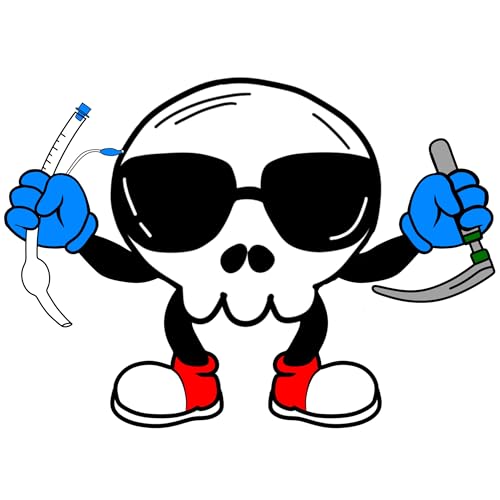 Oct 3 20253 mins
Oct 3 20253 mins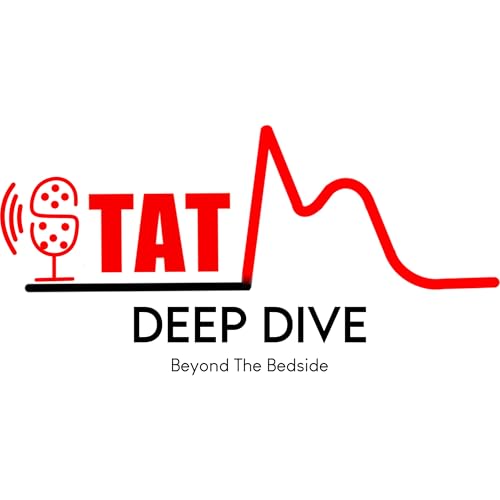 Oct 12 202516 mins
Oct 12 202516 mins Oct 7 202527 mins
Oct 7 202527 mins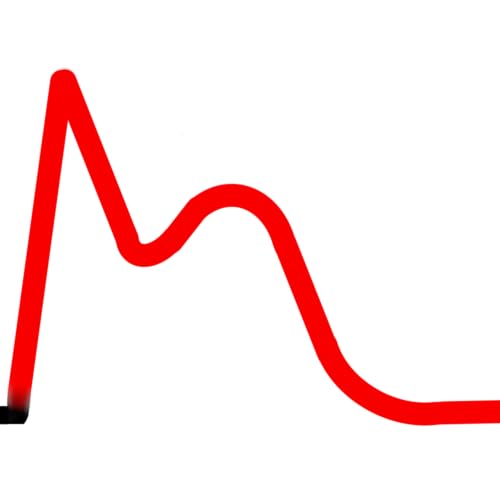 Oct 7 202531 mins
Oct 7 202531 mins Oct 7 202530 mins
Oct 7 202530 mins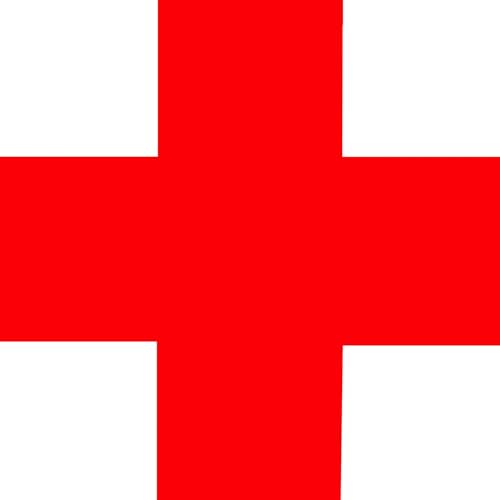 Oct 7 202538 mins
Oct 7 202538 mins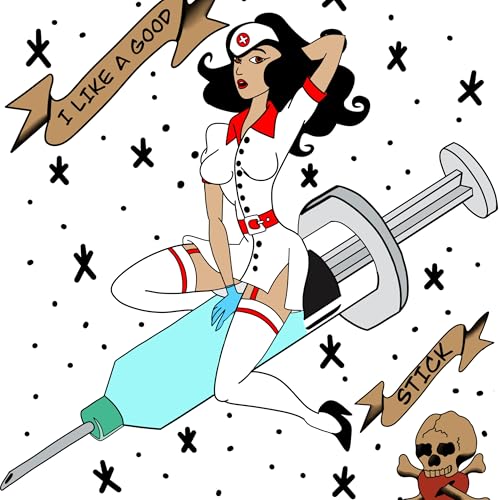 Oct 7 202542 mins
Oct 7 202542 mins Sep 30 202516 mins
Sep 30 202516 mins

